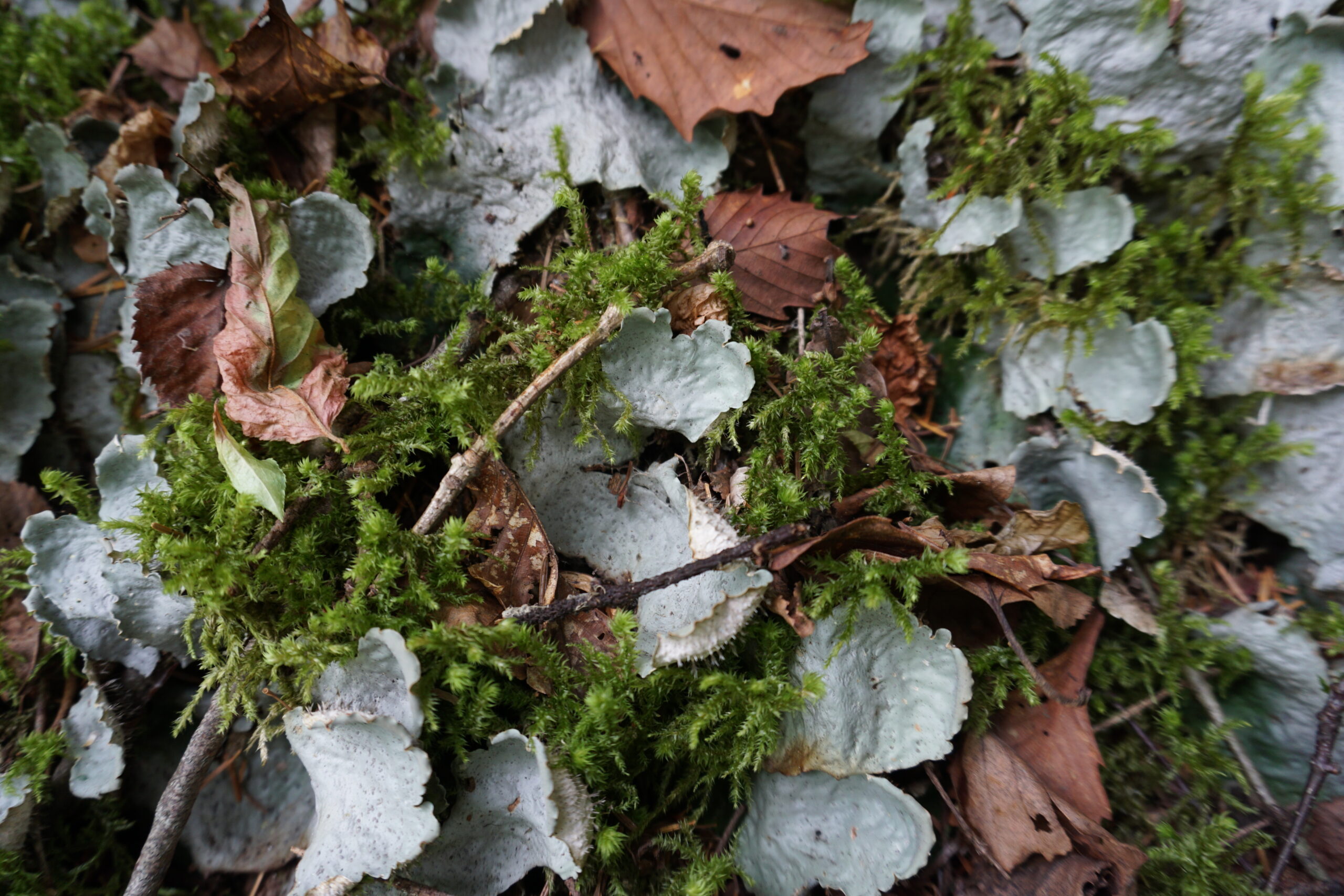What Controls the Biodiversity and Function of Cryptogam Microbiomes?
2021 Faculty Research Award
Award Period: 2021-2023
Princeton professor Xinning Zhang and postdoctoral researcher Romain Darnajoux will study the effect of environmental change on the diversity and function of the microorganisms that inhabit cryptogams — the Earth’s “living skin” of lichens, mosses and liverworts that act as an active boundary between the atmosphere and soil, rocks and other vegetation. Zhang and Darnajoux will first analyze samples of the lichen species Peltigera and associated mosses from the Appalachian Mountains and the Northeast to determine how elevation and local environmental conditions determine microbiome composition. They will then investigate the role of microorganisms in the critical ecosystem functions that cryptogams provide, particularly global nitrogen cycling, ecological succession, and acting as bioindicators of pollution. Finally, the researchers will relocate moss and lichen samples to warmer, more polluted locations in order to better understand the fate of cryptogams, microbiome diversity, and high-altitude ecosystems in a world increasingly shaped by climate change, pollution and habitat loss.

Educational Impact
The project will support one undergraduate student pursuing their junior independent project or senior thesis research each year, as well as an HMEI environmental summer intern. Zhang will integrate the microbial analysis of lichens and mosses collected in Mercer County, New Jersey, into her course, “ Microbial Geobiology.” Darnajoux will assist the course in lichen and moss identification, environmental information collection, and multivariate analyses of genomic datasets. To help the public better understand the importance of cryptogams, the researchers plan to recruit a student from the humanities for a summer project based in HMEI that will develop artistic representations of cryptogam diversity and function, possibly for inclusion in a field guide to be distributed at The Watershed Institute in Hopewell Township, New Jersey.
Participating Departments
Faculty
Research Associates
Additional Researchers
- Jonathan Levine, Professor of Ecology and Evolutionary Biology, Princeton University
- Nicolas Magain, University of Liege
- Ko-Hsuan Chen, Academia Sinica
- Jean-Philippe Bellenger, University of Sherbrooke
- François Lutzoni, Duke University





